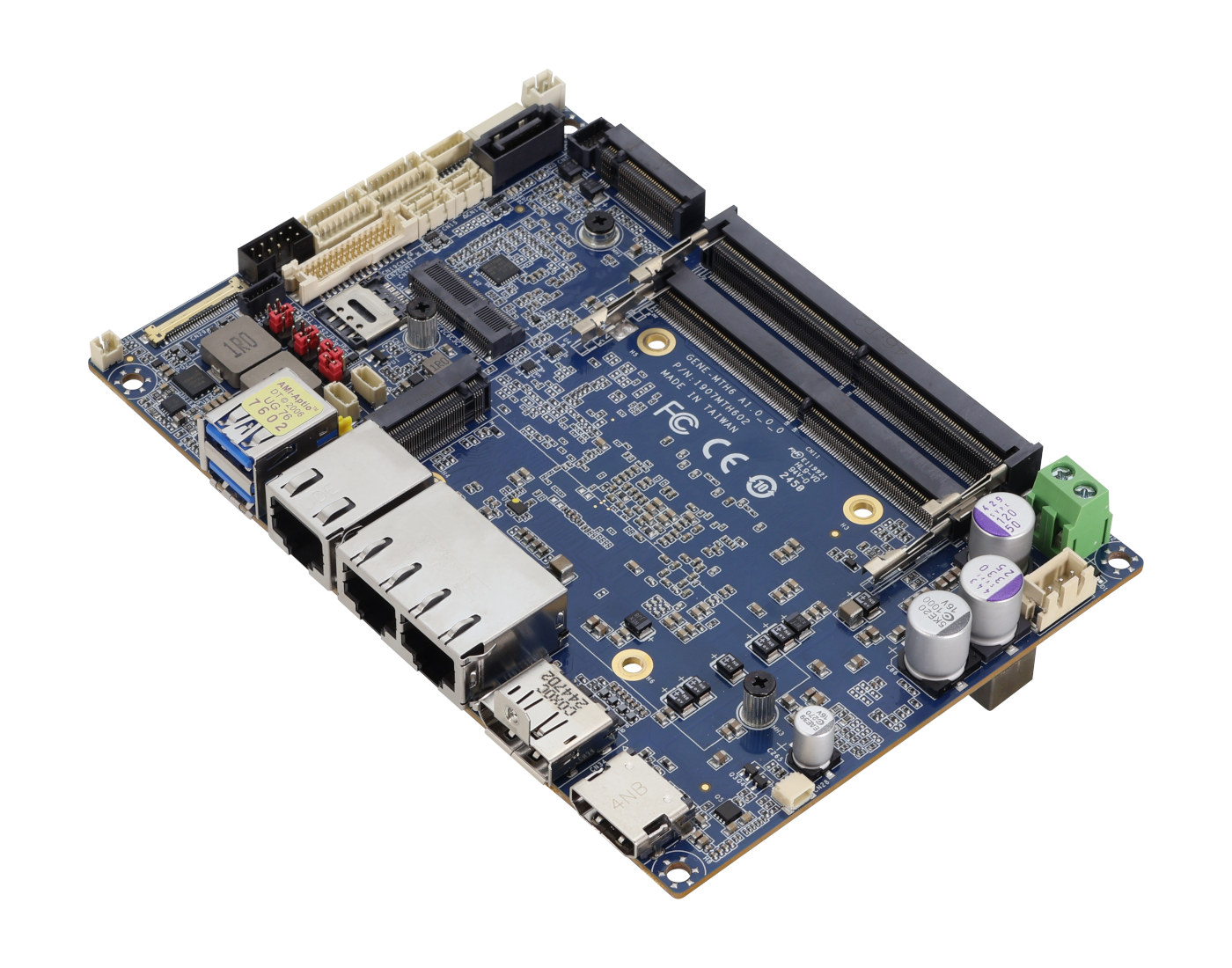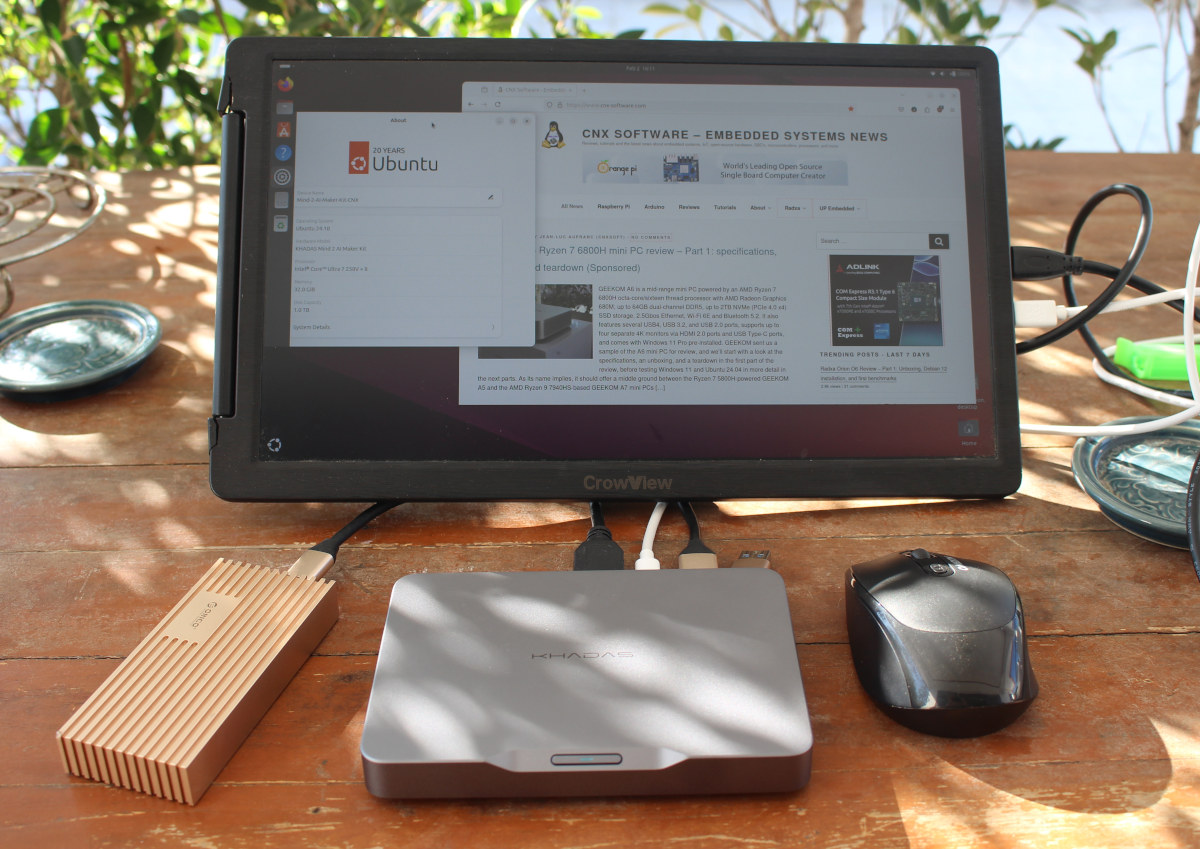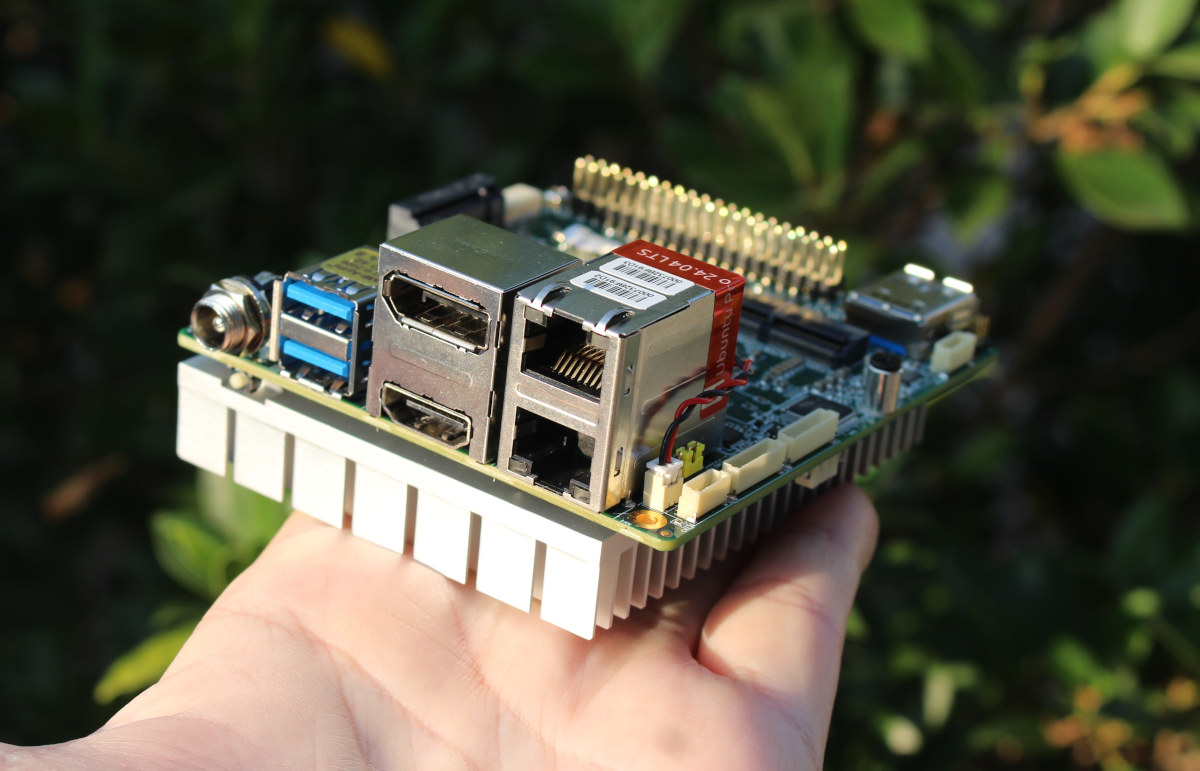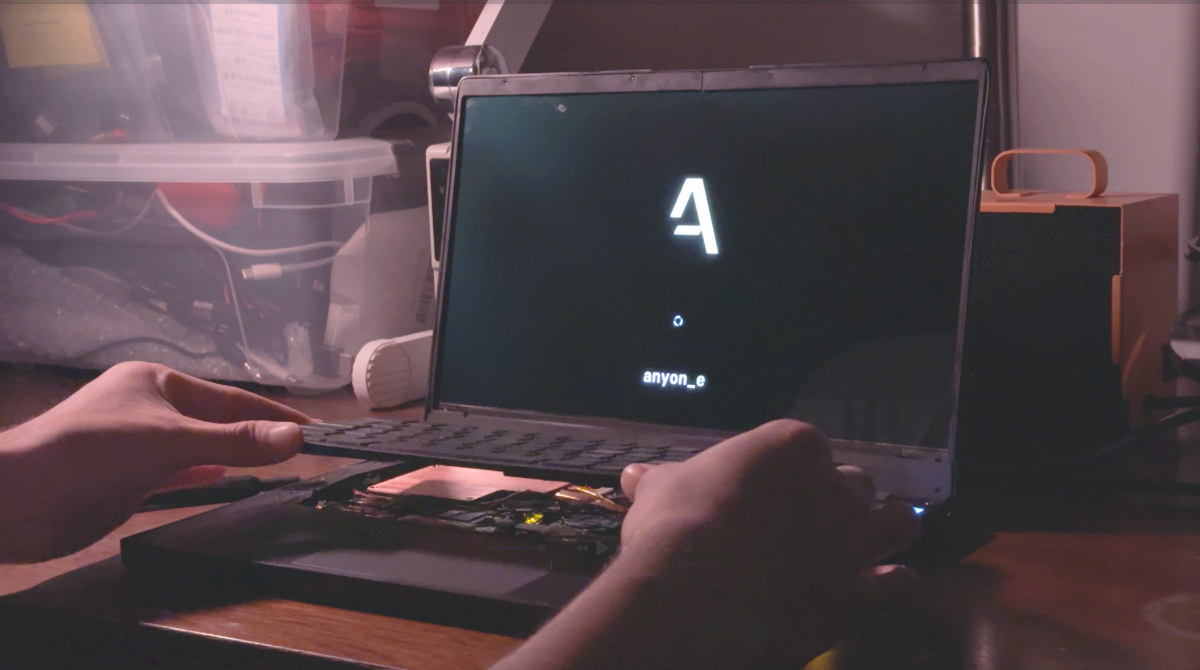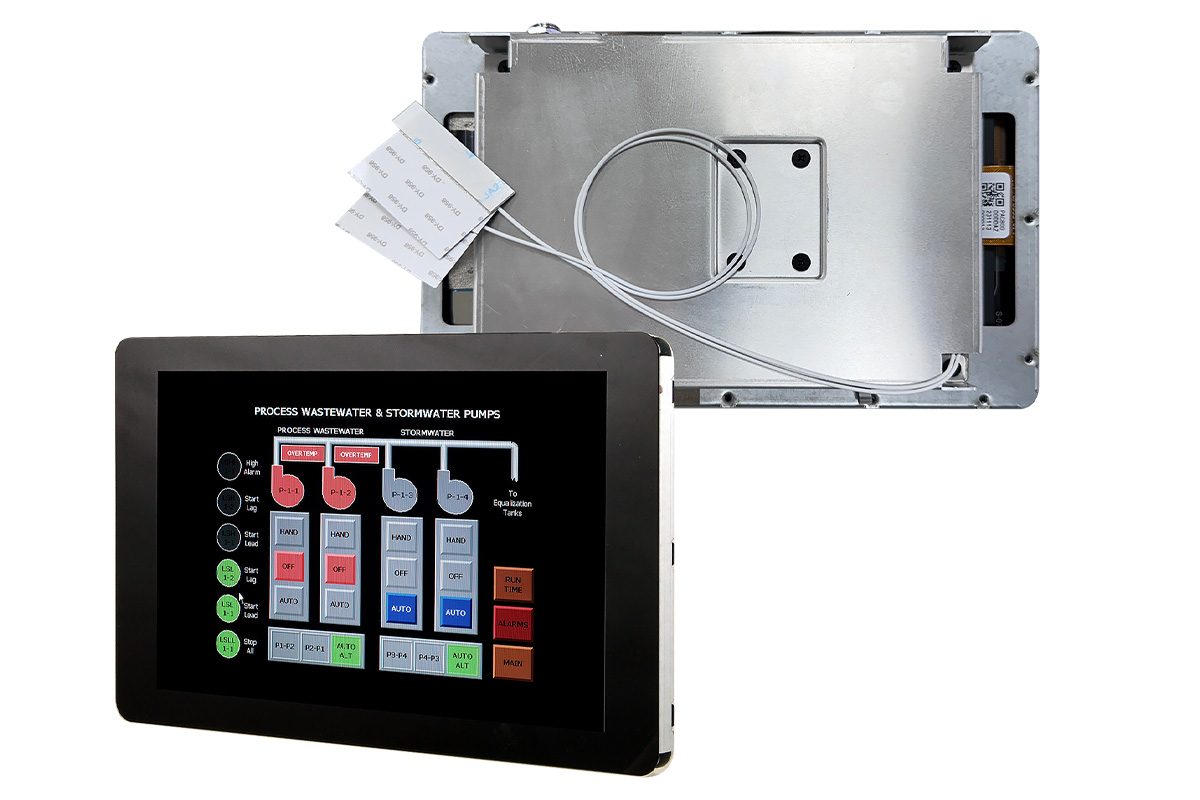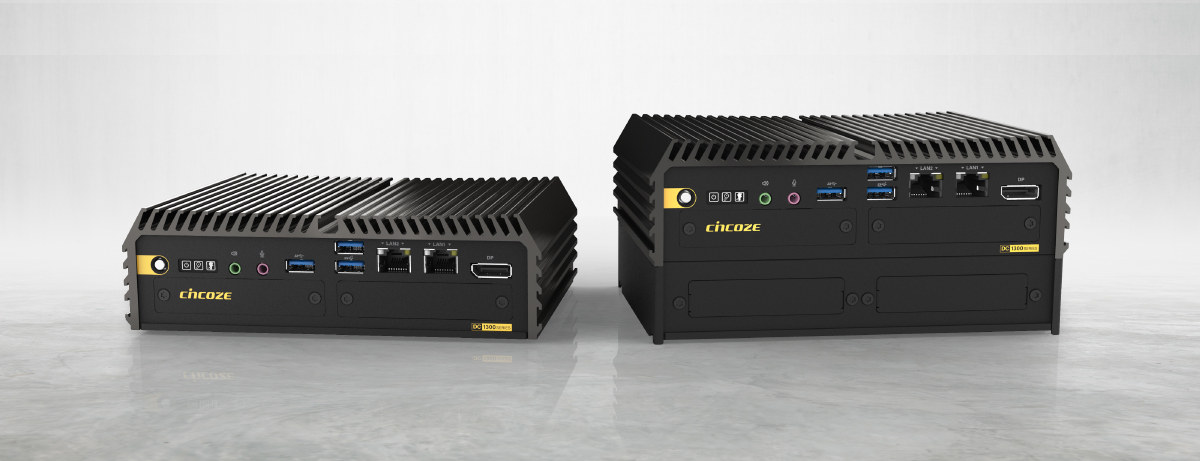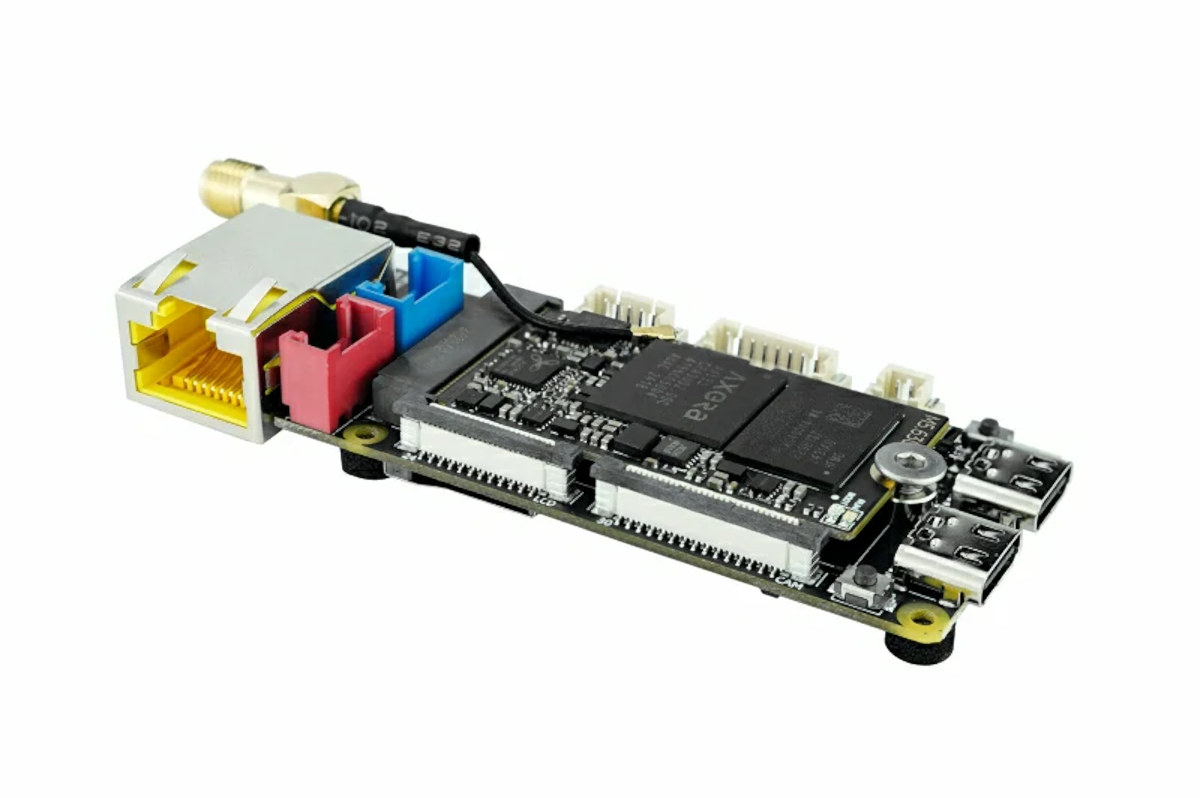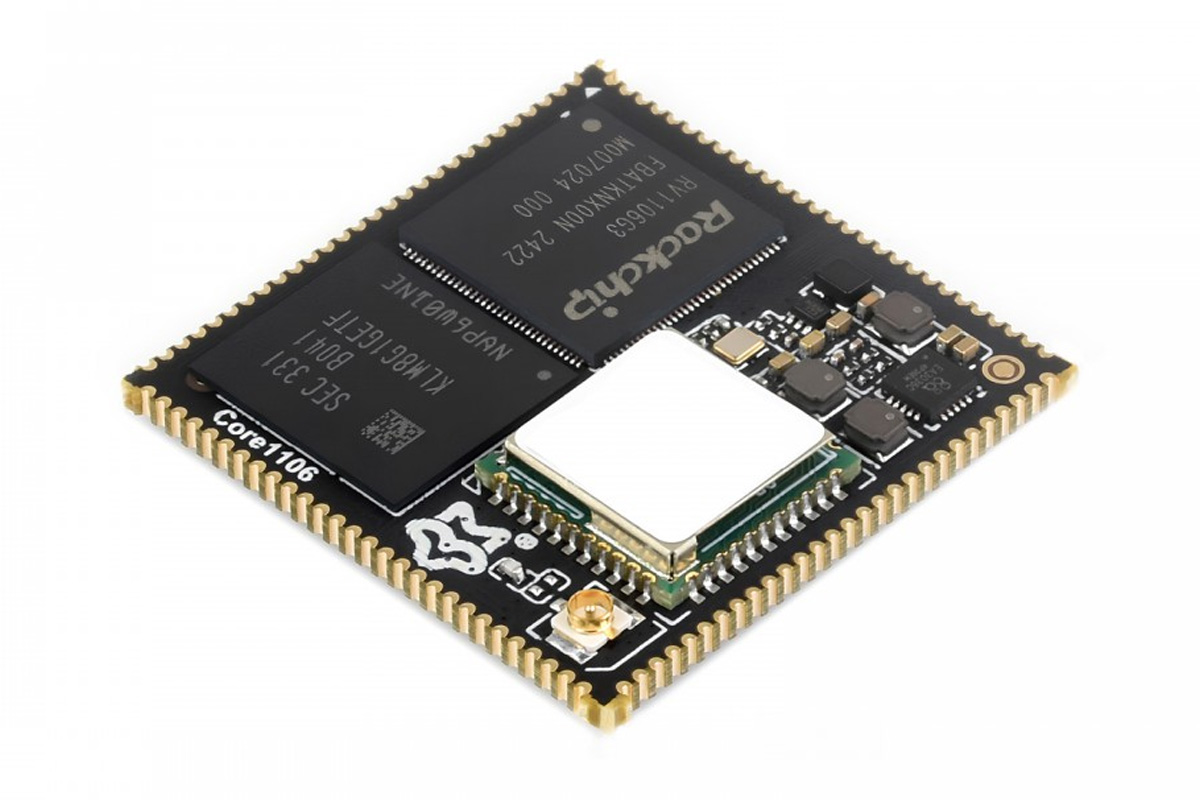AAEON GENE-MTH6 Intel Meteor Lake-powered 3.5-inch “Subcompact” SBC takes up to 96GB DDR5, offers an ERP-compliant 9V-36V wide power input range, and includes an unusual PCIe Gen4 x4 FPC connector to add an M.2 expansion module, or other custom modules. The board also features two 2.5GbE and one GbE port, supports WiFi 6 and 5G via M.2 sockets, a SATA port and an M.2 socket for storage expansion, four display interfaces, a few USB ports, four internal COM ports for RS232 and/or RS485, and more. It is offered with either 15W U-Series (Intel Core Ultra 5 125U / Core Ultra 7 155U) or 28W H-series (Intel Core Ultra 5 125H / Core Ultra 7 155H) processors. AAEON GENE-MTH6 specifications: Meteor Lake SoC (one or the other) Intel Core Ultra 7 155H 16-core/22-thread processor up to 4.8 GHz with 24MB cache, Intel 8Xe LPG graphics @ 2.25 GHz, Intel AI Boost […]
Khadas Mind 2 AI Maker Kit Review – Part 3: Ubuntu 24.10 and the importance of power limits
I’ve already reviewed the Khadas Mind 2 AI Maker Kit with Windows 11 Home, and today, I’ll report my experience with Linux on the Intel Core Ultra 7 258V mini PC using Ubuntu 24.10 operating system. I would usually review systems with Ubuntu 24.04 LTS OS, but considering the Intel Core Ultra 7 258V SoC is so new, I installed Ubuntu 24.10 when I tested whether disabling VT-d (IOMMU) would improve Intel Arc GPU performance (it does to some extent), and it turns out it was a good decision because Ubuntu 24.04 requires lots of fixes and workarounds to work the Khadas Mind 2 AI Maker Kit, at least until Ubuntu 24.04.2 is released later this month with a more recent kernel. Khadas Mind 2 AI Maker Kit – Ubuntu 24.10 system information My Ubuntu 24.10 installed has both Linux 6.11 (default) and Linux 6.13 kernels, but I did most […]
UP Squared 7100 fanless SBC Review – Part 1: Unboxing and first boot to Ubuntu Pro 24.04
AAEON sent me a sample of the UP Squared 7100 fanless industrial SBC for review. The board is powered by an Intel N97 or N100 Alder Lake-N SoC (Amston Lake processors will be offered soon), and is equipped with up to 16GB LPDDR5 RAM and 128GB eMMC flash, plus two M.2 sockets for wireless and storage expansion. You’ll find the full specifications in our earlier article. I’ll start the review with an unboxing to check out the hardware, before booting it to Ubuntu Pro 24.04 LTS to check out some basic system information. In a few weeks, I’ll report my experience after in-depth testing in Ubuntu in the second part of the review which will include features testing from gigabit Ethernet to GPIO, some benchmarks, and power consumption measurements. UP Squared 7100 unboxing I received the UP Squared 7100 board in a retail package that reads “Are you UP for […]
anyon_e DIY laptop features Rockchip RK3588 SoC, 13.3-inch 4K AMOLED display, aluminum chassis
We’ve already seen several Rockchip RK3588 laptops with the Cool Pi laptop and GenBook RK3588, as well as the open-source hardware MNT Reform Next. anyon_e is another open-source DIY laptop based on Rockchip RK3588 octa-core Cortex-A76/A55 SoC but with higher-end specifications compared to competitors. The anyon_e features a 13.3-inch 4K AMOLED display, a wireless QWERTY mechanical keyboard, a custom aluminum chassis that keeps the thickness of the laptop to just 18mm, and a battery good for about 7 hours. It’s based on the FriendlyELEC CM3588 core board found in the CM3588 NAS Kit. anyon_e laptop (preliminary) specifications: SoM – FriendlyELEC CM3588 SoC – Rockchip RK3588 CPU – 4x CortexA76 cores @ up to 2.4 GHz, 4x CortexA55 core @ 1.8 GHz GPU – Arm Mali-G610 MP4 GPU Video decoder – 8Kp60 H.265, VP9, AVS2, 8Kp30 H.264 AVC/MVC, 4Kp60 AV1, 1080p60 MPEG-2/-1, VC-1, VP8 Video encoder – 8Kp30 H.265/H.264 video encoder […]
Intel N50 fanless open-frame panel PCs features 7” and 10” PCAP touch display, HDMI 2.0a, RS-485/232
BCM Advanced Research has recently introduced two new fanless open-frame panel PCs powered by an Intel Processor N50 CPU – the OFT07W-ADLN (7-inch) and OFT10W-ADLN (10-inch) – which are low-cost all-in-one embedded computers designed for tablet-like usability. Both modules feature 8GB LPDDR5 memory, 64GB eMMC storage, and an M.2 E-key slot for Wi-Fi/Bluetooth connectivity. These panel PCs come with PCAP touchscreens (800×1280 for 7-inch and 1200×1920 for 10-inch) with various connectivity options including USB, HDMI 2.0a, RS-232/485, and Gigabit Ethernet. With 12-24V DC input supply, fanless operation, and a durable steel frame, these compact open-frame panel PCs are meant for space-constrained applications like HMIs, self-service kiosks, gaming consoles, medical terminals, smart vending machines, digital signage, and more. BCM OFT07W-ADLN and OFT10W-ADLN specifications: SoC – Intel Processor N50 dual-core processor up to 3.4 GHz with 6MB cache, 16EU Intel UHD Graphics; TDP: 6W System Memory – Up to 8GB LPDDR5 onboard Storage – […]
Cincoze DC-1300 is a stackable embedded computer powered by Intel Processor N97 or Core i3-N305 Alder Lake-N SoC
Cincoze DC-1300 is an Intel Processor N97 or Core i3-N305 Alder Lake-N embedded computer designed for smart manufacturing that supports stackable expansion boxes (SEBs) that leverage the built-in dual M.2 B Key slots of the system to support various I/O, CAN Bus, and Fieldbus modules. The fanless rugged PC supports up to 16GB DDR5 and M.2 and 2.5-inch SATA storage (no NVMe SSD). It features DisplayPort video output, two 2.5GbE ports, four USB Type-A ports, 3.5mm microphone and line-out audio jacks, and two RS232/RS485 DB9 connectors, and additional display, networking, USB, or DIO interfaces can be added through three CMI module on the main unit and four MEC M.2 card through the optional SEB. Designed for industrial applications, the system supports a wide 9 to 48V DC input and up to -40°C to 70°C temperature range without throttling under load. Cincoze DC-1300 specifications: Alder Lake N-series SoC (one or the […]
M5Stack LLM630 Compute Kit features Axera AX630C Edge AI SoC for on-device LLM and computer vision processing
M5Stack LLM630 Compute Kit is an Edge AI development platform powered by Axera Tech AX630C AI SoC with a 3.2 TOPS NPU designed to run computer vision (CV) and large language model (LLM) tasks at the edge, in other words, on the device itself without access to the cloud. The LLM630 Compute Kit is also equipped with 4GB LPDDR4 and 32GB eMMC flash and supports both wired and wireless connectivity thanks to a JL2101-N040C Gigabit Ethernet chip and an ESP32-C6 module for 2.4GHz WiFi 6 connectivity. You can also connect a display and a camera through MIPI DSI and CSI connectors. M5Stack LLM630 Compute Kit specifications: SoC – Axera Tech (Aixin in China) AX630C CPU – Dual-core Arm Cortex-A53 @ 1.2 GHz; 32KB I-Cache, 32KB D-Cache, 256KB L2 Cache NPU – 12.8 TOPS @ INT4 (max), 3.2 TOPS @ INT8 ISP – 4K @ 30fps Video – Encoding: 4K; Decoding:1080p […]
Solderable Rockchip RV1106 system-on-module features 112 castellated pins, offers WiFi 6 and Bluetooth 5.2 connectivity
Luckfox has recently released the Core1106 Core Board Rockchip RV1106 system-on-module with a compact 30x30mm size, 112 castellated pins designed to be soldered on top of a PCB, and an optional WiFi 6 and Bluetooth 5.2 module and IPEX 1.0 antenna connector. The Rockchip RV1106 camera SoC integrates 128MB (G2 version) or 256MB (G3 version) DDR3L memory, a 4th-gen 1 TOPS NPU, and a 3rd-gen Image Signal Processor (ISP) that supports hardware video encoding (H.264/H.265). Other interfaces include MIPI CSI, RGB LCD, USB, Ethernet, GPIO, SPI, I2C, UART, and more. These features make this board suitable for applications like AI-driven image recognition, smart cameras, IoT devices, and edge computing. Luckfox RV1106 system-on-module specifications SoC – Rockchip RV1106G2/G3 CPU – Arm Cortex A7 @ 1.2GHz with an integrated RISC-V co-processor. NPU 4th-gen Rockchip NPU with hybrid quantization (int4, int8, int16) 0.5 TOPS (RV1106G2) or 1 TOPS (RV1106G3) ISP – 3rd-gen 5MP high-performance ISP, HDR, WDR, […]


